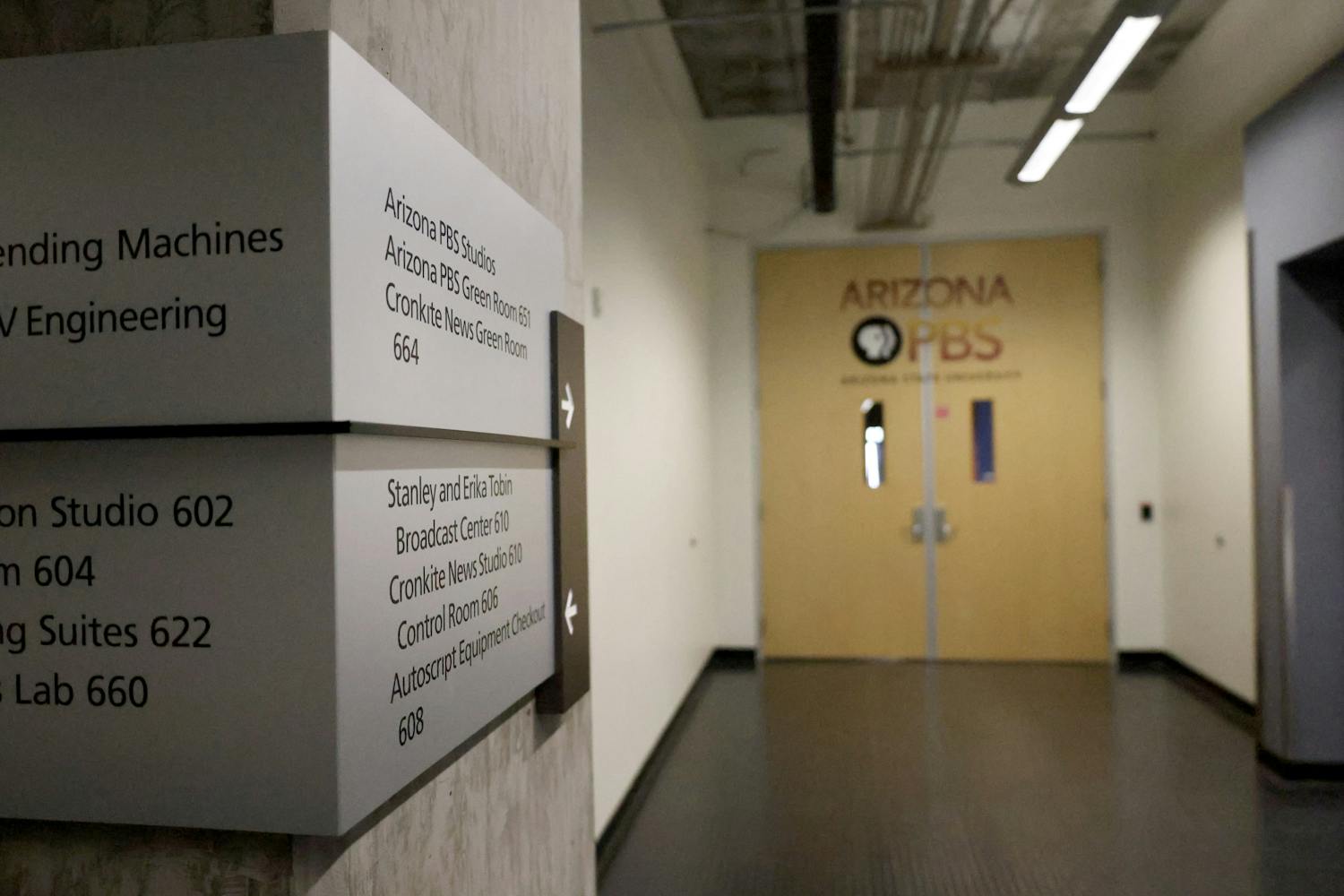More than 22 thousand ASU students could see their maximum Pell Grant award cut by almost half depending on decisions made by Congress in the coming weeks.
On July 26, more than 30 thousand letters were sent to Congress advocating that the Pell Grant be spared from pending budget cuts. The day was named “Save Pell Day,” and Campus Progress was one of the groups spear heading the event.
“Save Pell Day was an initiative organized by a coalition of students, youth, civil rights and education policy groups,” said Angela Peoples, a representative from Campus Progress. “We wanted to give those people who support the Pell Grant an opportunity to amplify their voices through social media.”
Twitter was one of those major social media outlets for “Save Pell Day.”
“Our hash tag that we were using was #SavePell and the hash tag got over a million usages,” Peoples said.
Congress is currently talking about two options for cutting the Pell Grant.
One lowers the maximum amount a student can receive, and the other lowers the number of students eligible to receive the grant.
“It’s such a big program that it’s sort of a target for spending (cuts) but it’s a large program because there is a large need for it,” Peoples said.
The Pell Grant has seen increases in the maximum award over the last four years. In 2007, the maximum was around $4,300, and currently the maximum award is $5,550.
Even though the maximum award has risen, the cost of tuition is increasing at a quick pace as well.
“Looking back just 12 years ago only about a third of college students needed to borrow money to graduate,” said Rich Williams, Higher Education Advocate for U.S. PIRG. “Now two-thirds of college students need to borrow and their average debt has grown from $12 thousand to $25 thousand.”
Under the budget passed in the House of Representatives, 1.4 million students could be cut from receiving the Pell Grant.
Williams, along with U.S. PIRG, has been looking at other spending that could be cut besides higher education. They came up with $600 billion worth of budget cuts, which include ending handouts to companies such as Goldman Sachs and BP Oil and not allowing McDonalds to fund ads in Paris with taxpayer money.
“We’re not even a tax group and we were able to come up with $600 billion dollars right there,” Williams said.
One option being discussed to keep the maximum award at its current level is to take away the subsidy on interest for graduate student loans.
“It’s almost like you’re robbing Peter to pay Paul,” Williams said.
Congress should be looking for ways to increase higher education funding instead of cutting it, Williams said.
But Peoples said Campus Progress was not in support of taking away the subsidy on interest for graduate student loans either.
“We think that education is important and necessary and should be affordable on all levels,” she said.
Reach the reporter at Ryan.McCullough@asu.edu



